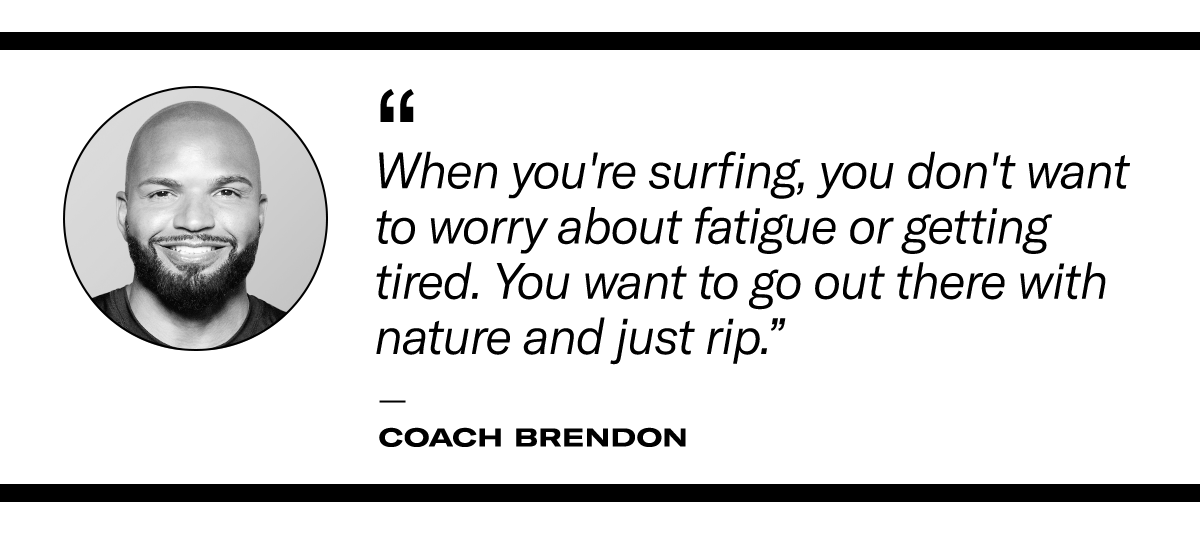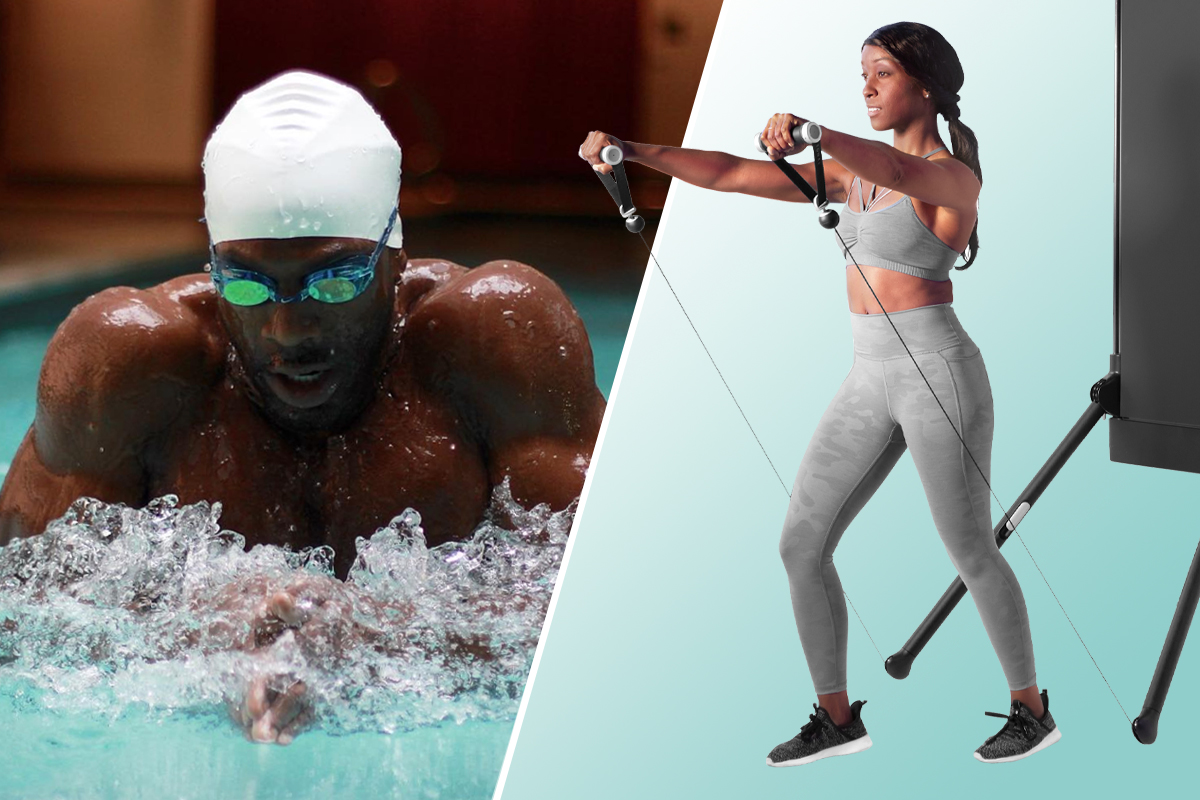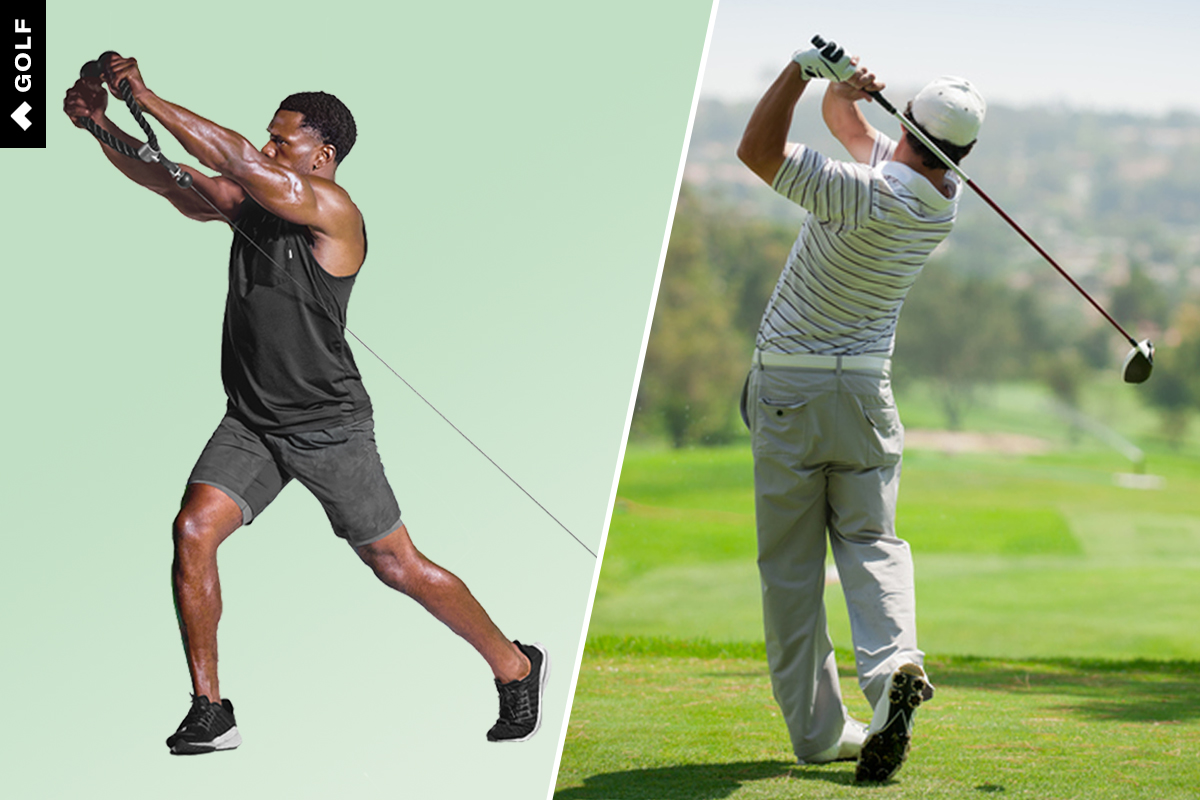When you increase your power, stability, and endurance, you’ll gain more confidence to rip those waves.

When Coach Brendon Ayanbadejo isn’t leading challenging workouts on Tonal, you can find the Los Angeles-based former pro-football player out on the water pursuing one of his other passions: surfing.
From using upper body strength to paddle against the current and push yourself up off your board to stabilizing your core and leg muscles when you’re balancing atop a wave, surfing challenges your entire body and your stamina. Ayanbadejo says the skills he develops while lifting weights translate to feeling stronger and more powerful when he’s riding the waves.

“First and foremost is muscular endurance,” he says. “When you’re surfing, you don’t want to worry about fatigue or getting tired. You want to go out there with nature and just rip. Surfing is not a one-hour activity. If the waves are nice, I’m going to be out there for several hours.”
Along with giving you the ability to stay out on the water longer, strength training will also help you feel more in control as you turn and carve on big waves. “A swell can go up, there can be riptides or rip currents that pull you out,” says Ayanbadejo. “You want to be ready for anything that’s going to happen.”
By focusing your resistance training on explosive, full-body, and core stability exercises that’ll boost your abilities in the water, Ayanbadejo says, “You can make your training even more purposeful and directly correlated to what it is you’re trying to do.” He recommends adding these five moves to your routine as you get ready to hit the beach.
Burpee

Why it Works: Ayanbadejo says burpees are incredibly effective for surfers because they involve getting down to the ground and popping back up–much like you would when you’re jumping up on your board to catch a wave. He explains that when you learn to surf, you’ll practice hopping up from your chest to your feet on a surfboard on the sand, and burpees mimic this movement. The push-up at the bottom of the move challenges your triceps and shoulder muscles, both of which need to be strong for paddling against the current.
How to Do it: Jump up, reaching your arms overhead and landing with bent knees in a squat. Place your hands on the floor in front of your feet and jump into a plank. From the plank, lower into a push-up. Press up and then jump your legs back to your hands to land in a squat. Power back up, reaching your hands to the ceiling, and repeat.
Suitcase March

Why it Works: Standing up on your board requires core strength and balance, so Ayanbadejo likes this unilateral march that works your oblique muscles in a standing position. As you lift one leg at a time, you’re learning to control your core even with an unbalanced load.
“Your core is going to give you the stability to be able to control the surfboard,” says Ayanbadejo. “And of course, the surfboard’s on water so you’re off-balance, and need to stabilize.”
How to Do it: Use your core to drive one knee up toward your chest, alternating sides while resisting the weight pulling you to the side. Try to keep your torso completely vertical.
Iso Split Squat Pallof Press

Why it Works: “The whole Pallof family is amazing for surfing,” Ayanbadejo says about these anti-rotation moves that work your core stability. In the split squat position, you’re adding on a balance challenge while the isometric hold builds power in the glutes and quads. These leg muscles help keep you upright as you’re riding the waves.
“We do it in a isometric squat position to mimic a surfer’s wide stance,” says Ayanbadejo
How to Do it: Get into a half kneeling position with your outside knee on the mat and your inside leg planted on the floor in front of you. Lift the outside knee just barely above the floor. Take the handle in both hands and center it in front of your chest with arms bent at your sides. Push the handle away from your chest, keeping your arms centered in between your shoulders. Slightly rotate your torso toward Tonal’s arm, and then back to center. Keeping your back as straight as a wall, pull the handle back in toward your chest, bending at the elbows.
Standing Decline Chest Press

Why it Works: In addition to paddling, you’ll also have to use your chest and shoulder muscles to push yourself into a standing position when you’re getting up on a wave. Ayanbadejo says this chest press movement develops “that neuromuscular connection and the response to push your body up on the surfboard.”
How to Do it: Facing away from Tonal, grab a handle in each hand and take a large step forward into a split-stance position, arms straight out just below the chest. Bend your elbows back, aiming for the top of Tonal, then fully extend your arms at a 45-degree angle, palms facing down, squeezing the chest.
Lateral Bench Jump

Why it Works: For a move that challenges nearly all the muscles you’ll use while surfing—and get your heart rate up to boost your cardiovascular endurance—Ayanbadejo says you can’t beat bench jumps. In this exercise, you’re training your shoulders, legs, and core, and moving explosively like you would when you pop up on your board. Ayanbadejo recommends doing the move for 45 seconds at a time for endurance. “That’s how you’ll start to feel what it’s like to be out there on a surfboard,” he says.
How to Do it: Wrap your hands around the sides of the bench and place your feet to one side with knees soft. Keeping your arms strong and your grip tight, make the shape of a rainbow with your feet by jumping up to bring your legs and torso to the opposite side of the bench. Keep your shoulders over your wrists and move back and forth quickly.


